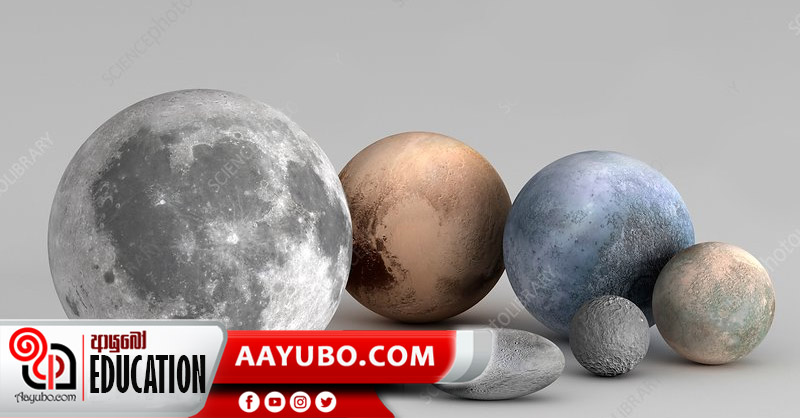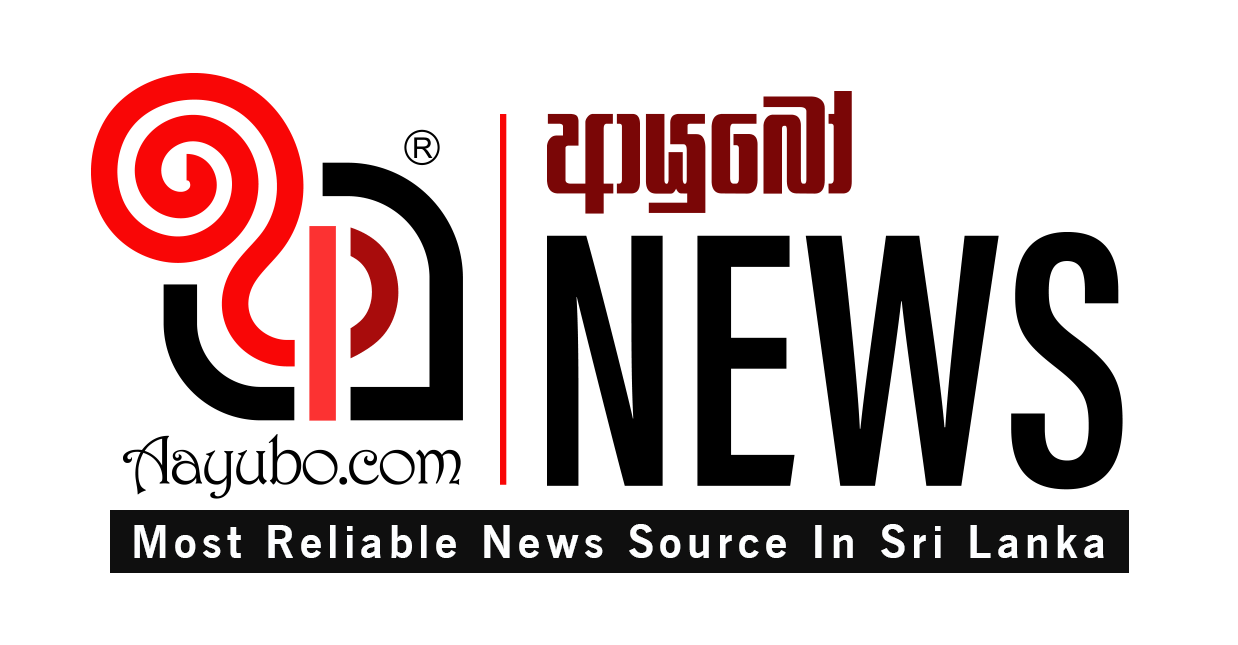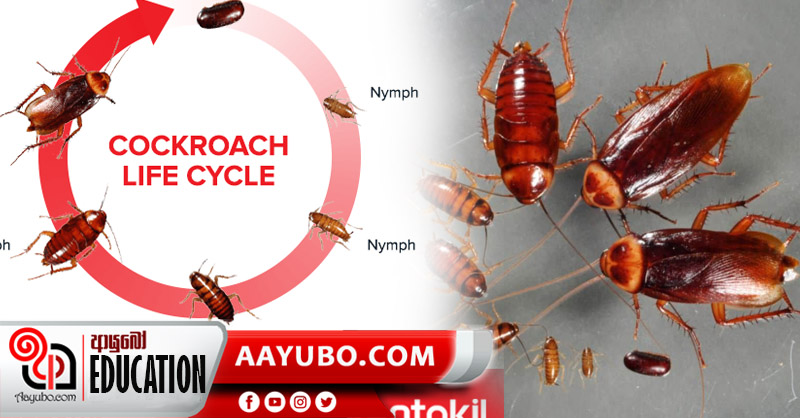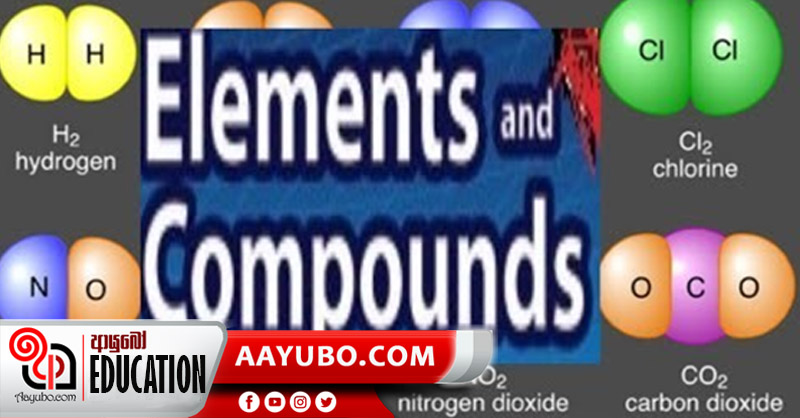Grade 8 Geography : Solar System Part 11

Dear Children, we have learnt that our solar systems is composed of several celestial bodies. This article portrays some key aspects in relation to some celestial bodies like the dwarf planets, natural satellites and asteroids.
Dwarf planets
Do you know that Pluto which was once considered as the ninth planet in our solar system was demoted to a dwarf planet? Although dwarf planets possess several features that are common to the planets, they differ from them due to a significant reason. That is, the area of the orbital path is cleared in the case of a planet whereas that of the dwarf planet is not cleared. In fact, these celestial bodies do not dominate its orbital path. Just like the eight planets, the dwarf planets revolve around the sun and are spherical in shape. These are quite smaller than the planets and so far five dwarf planets have been discovered namely, Pluto, Ceres, Haumea, Makemake and Eris. It should be noted that these are not natural satellites and they possess the sufficient size and gravity in order to be spherical in shape.
Natural Satellites
Galileo Galilei found out that just like Earth, other planets can possess natural satellites/moons. The celestial bodies that revolve around a planet in the solar system can be cited as natural satellites. However, the artificial satellites are the manmade objects that are sent to space for various explorations and missions. All satellites orbit large objects in the space in common. It is said that around 240 moons/ natural satellites have been discovered out of which about 173 moons orbit planets and 8 orbit dwarf planets. When the eight planets in the solar system are taken into account, the massive gas giant planets like Jupiter (Example: Europa, Io, Himalia), Saturn (Example Titan, Phoebe), Uranus (Example: Ariel) and Neptune (Example: Triton, Nereid) possess a large number of natural satellites compared to the other terrestrial planets. Jupiter and Saturn have the highest amount of moons while Mercury and Venus do not possess any. Our home planet Earth possesses one natural satellite. When the dwarf planets are considered, Pluto, Haumea and Eris possess natural satellites. Natural satellites / moons typically lack, but a very few of them possess atmospheres and oceans. Some asteroids also have natural satellites that orbit around them.
by Mekhala Egodawele
Photo source : Internet
659 Views








Comments